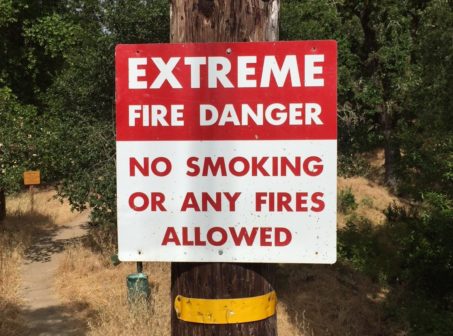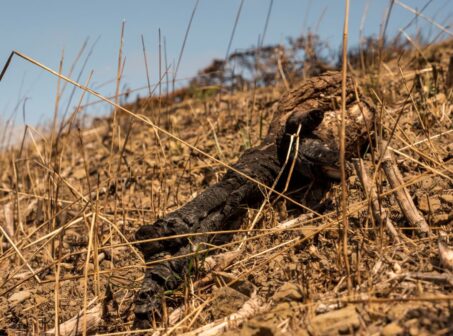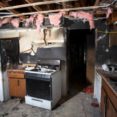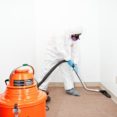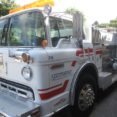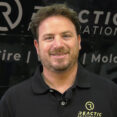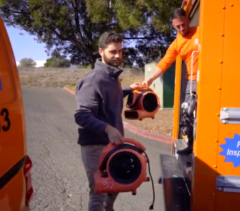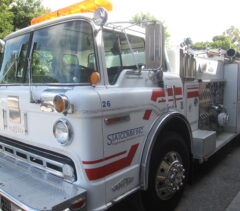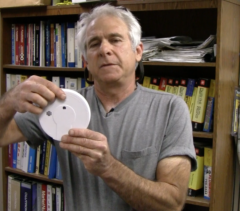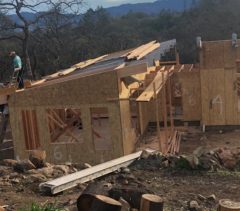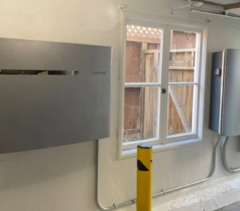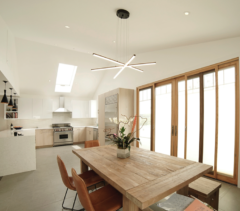
Air Filtration Systems: A Healthy Home Improvement
SAUSALITO — When it comes to home remodeling, most homeowners are concerned with improving aesthetics or performance. While these aspects are certainly worthwhile, an equally important concern is creating a healthy indoor environment. As building code requirements become increasingly focused on maximizing energy efficiency, homes are becoming more airtight. Unfortunately, while this saves energy, it also increases the risk of unsafe or allergenic particles being harbored within the home. To prevent this, homeowners need to be proactive about maximizing air filtration and ventilation.
One of the most effective ways to do this is by installing a home air filtration system. One good choice is the Lunos™ e2 system, which brings fresh air into the home while removing unwanted pollutants and humidity. The system consists of one or more pairs of corresponding units, one of which exhausts stale indoor air while the other introduces fresh air. With its heat recovery feature, the Lunos e2 employs the heat captured in stale exhaust air to warm incoming fresh air, which saves on home heating costs. Plus, the system runs on very low wattage (0.11 – 0.14 W / cfm, to be specific), doesn’t require a centralized core for ventilation and can be easily retrofitted to an existing home.
Considering the frequency of wildfires in California during the last few years, there’s no better time to install an air filtration system in your home. However, even if you aren’t ready to take this step, you should consider utilizing your current remodeling project to install wiring for future installation. Since the walls are going to be opened up anyway, this easy step will save you a lot of time and money if you decide to add air filtration later.
